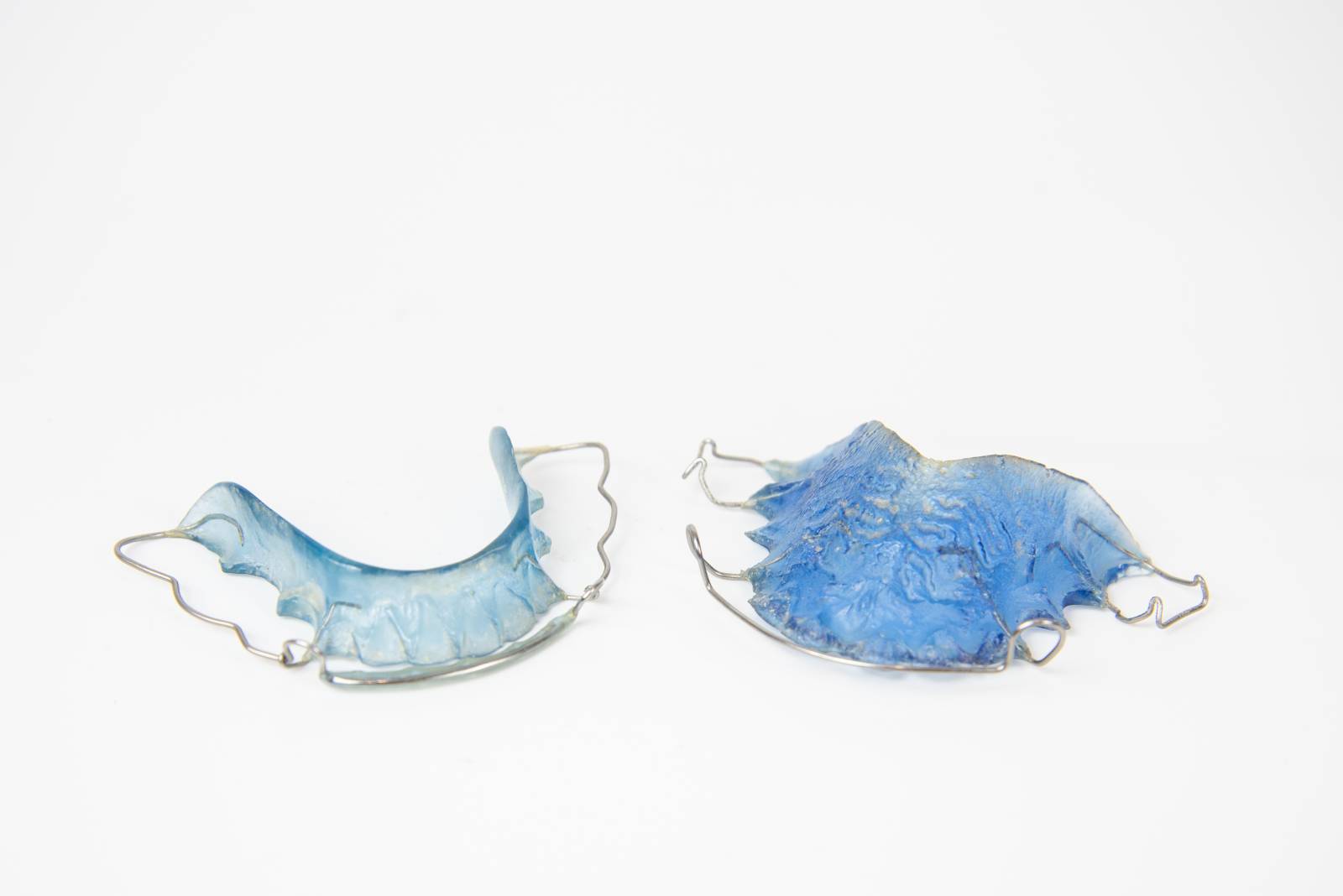The Retainer Question Every Patient Asks
When the braces finally come off or the last clear aligner is worn, it feels like a victory. The hard work has paid off, and your teeth are finally in their ideal positions. But then comes the question every orthodontic patient eventually faces: Do I really need to wear my retainer forever?
It’s a fair question. After months or years of orthodontic treatment, the thought of a “forever” commitment can feel daunting. The truth, however, is that retention, the stage after active orthodontics, is just as important as the treatment itself.
Why Teeth Want to Shift Back
Our teeth are not fixed in place; they are held by soft tissue fibers and supported by bone that constantly remodels throughout life. After braces or aligners, those fibers and tissues still “remember” the old positions of your teeth. This natural tendency to drift back toward their original locations is called relapse.
Relapse risk is highest immediately after treatment, which is why orthodontists prescribe full-time retainer wear at first. But studies have shown that teeth can shift even years later due to natural aging, bite forces, or changes in jaw alignment¹.
That’s why retainers aren’t a short-term accessory — they’re an ongoing part of preserving your new smile.
How Long Do You Really Need to Wear a Retainer?
Most orthodontists agree on a simple truth: retainers should be worn for life, though not necessarily full-time. The American Association of Orthodontists explains that while schedules vary, most patients begin with full-time wear and then transition to nighttime-only wear indefinitely².
Colgate offers a practical guideline: expect to wear your retainer full-time for 4 to 12 months after braces or aligners, and then continue wearing it at night long-term³.
Dr. Porto recommends 3-month full-time wear for most of his patients, and then nighttime wear for a lifetime.
This doesn’t mean wearing a retainer forever is a burden. For many patients, slipping it in before bed becomes as routine as brushing teeth — a simple nightly habit that protects years of effort and investment.
Types of Retainers and Their Pros and Cons
Not all retainers are the same. Each type has its own strengths, limitations, and maintenance requirements:
- Removable clear retainers: Thin, nearly invisible, and comfortable. They are easy to wear but can crack or wear out over time. They may need to be replaced periodically.
- Removable Hawley retainers: Made with acrylic and metal wires, they are durable and adjustable but more visible than clear retainers. Some patients also find them less comfortable.
- Fixed or bonded retainers: A thin wire permanently glued behind the teeth. They are invisible from the outside and provide constant retention. However, they require meticulous oral hygiene and regular dental checkups to prevent plaque buildup, and to make sure they have not broken in between teeth, or come unglued from some teeth.
Research has shown that both removable and fixed retainers are effective in maintaining alignment, but compliance and maintenance are key. Patients who are consistent with removable retainers or keep fixed retainers clean are the ones who enjoy the best long-term stability⁴.
What Happens If You Stop Wearing a Retainer?
Stopping retainer use too soon almost guarantees some level of shifting. For some, the changes are minor and cosmetic, like a slight crowding or rotation that may not bother them. For others, especially those who had significant correction during treatment, relapse can be noticeable and even undermine bite function.
Common consequences include:
- Gradual crowding of lower front teeth
- Small gaps reappearing
- Bite issues returning over time
- Increased difficulty cleaning crowded teeth, raising cavity and gum risk
In short, skipping the retainer can slowly undo years of treatment and financial investment. Orthodontists often stress that if you want your smile to last a lifetime, retention must last a lifetime too.
The Role of Retainers in Long-Term Health
It’s easy to think of retainers as a cosmetic safeguard. But their impact goes beyond looks:
- Oral hygiene: Straighter teeth are easier to clean. Relapse creates crowding, which increases the risk of cavities and gum disease.
- Chewing and bite comfort: A stable bite distributes chewing forces evenly, protecting enamel and jaw joints.
- Speech: Alignment can influence how certain sounds are produced. Shifting teeth can subtly alter speech clarity.
- Confidence and well-being: A confident smile influences social comfort, professional opportunities, and overall self-esteem.
Retainers support all of these benefits long after treatment is finished. They are the bridge between short-term cosmetic change and long-term oral health.
Do Retainers Really Mean Forever?
Yes but “forever” doesn’t mean a burden. After the initial adjustment period, most patients only need to wear their retainers at night. Think of it as preventative maintenance: a small, simple step that protects both the appearance and the health of your teeth.
Orthodontic researchers and clinicians agree: lifelong retainer use is the only proven way to ensure a smile stays as straight as the day treatment ended¹ ⁴.
Making Retainer Wear Sustainable
Success with retainers isn’t about perfection; it’s about consistency. A few practical tips can make lifelong wear easier:
- Store your retainer in a protective case to prevent loss or damage.
- Clean it daily with a toothbrush and mild soap or retainer cleanser (avoid hot water that can warp plastic).
- Replace clear retainers when they become worn or cracked.
- Keep regular dental checkups to monitor fixed retainers for plaque buildup.
- Build the habit: put it in every night before bed, just like brushing and flossing.
These simple routines make wearing a retainer less of a chore and more of a natural part of oral care.
The Bottom Line
When it comes to retainers, the answer to “Do I need to wear this forever?” is clear: yes. Teeth naturally want to shift, and only consistent retention prevents relapse. Fortunately, wearing a retainer doesn’t mean a full-time commitment forever. After a few months, most patients only need to wear it at night, a small habit with lifelong rewards.
At Enjoy Orthodontics, we remind patients that orthodontic treatment doesn’t end when the braces come off. Retention is the key to protecting your investment in both time and money and ensuring your smile stays healthy, functional, and beautiful for years to come.
References
- Littlewood, S. J., et al. (2021). Retention roles in long-term orthodontic stability. British Dental Journal. Retrieved from https://www.nature.com/articles/s41415-021-2875-5
- American Association of Orthodontists. (n.d.). Retainers after orthodontic treatment. Retrieved from https://aaoinfo.org/treatments/retainers/
- Colgate. (n.d.). How long do you have to wear a retainer? Retrieved from https://www.colgate.com/en-us/oral-health/early-orthodontics/how-long-do-you-have-to-wear-a-retainer
- Rody, W. J., et al. (2023). Orthodontic retainers: A critical review. Journal of Clinical Orthodontics. Retrieved from https://pmc.ncbi.nlm.nih.gov/articles/PMC9954726/





